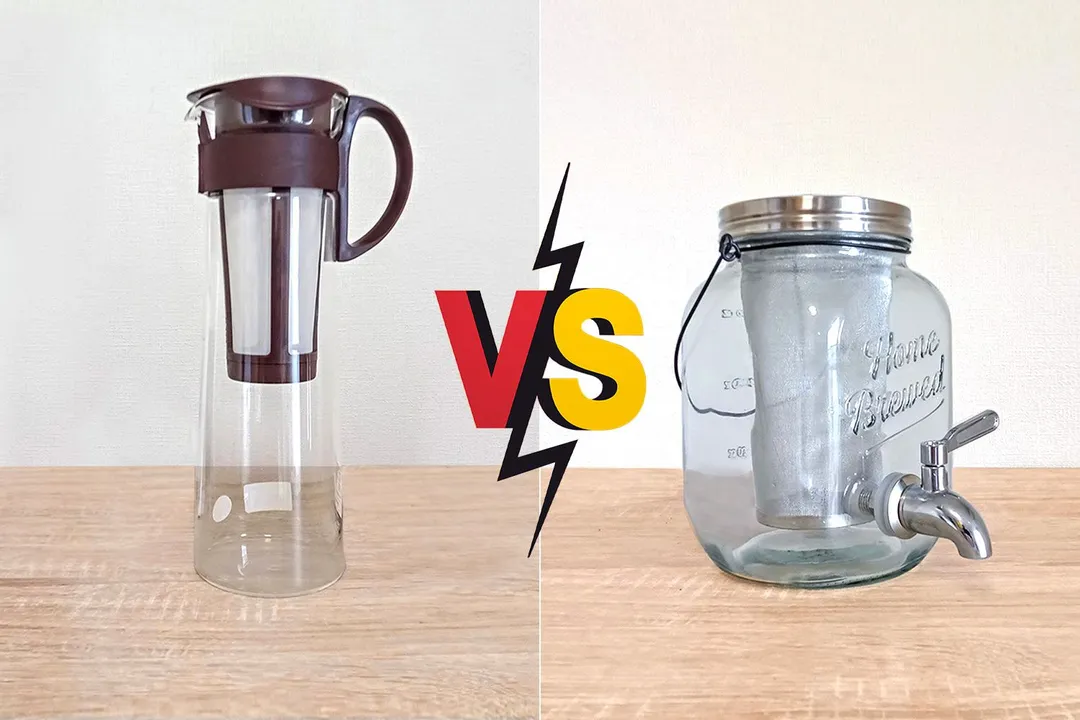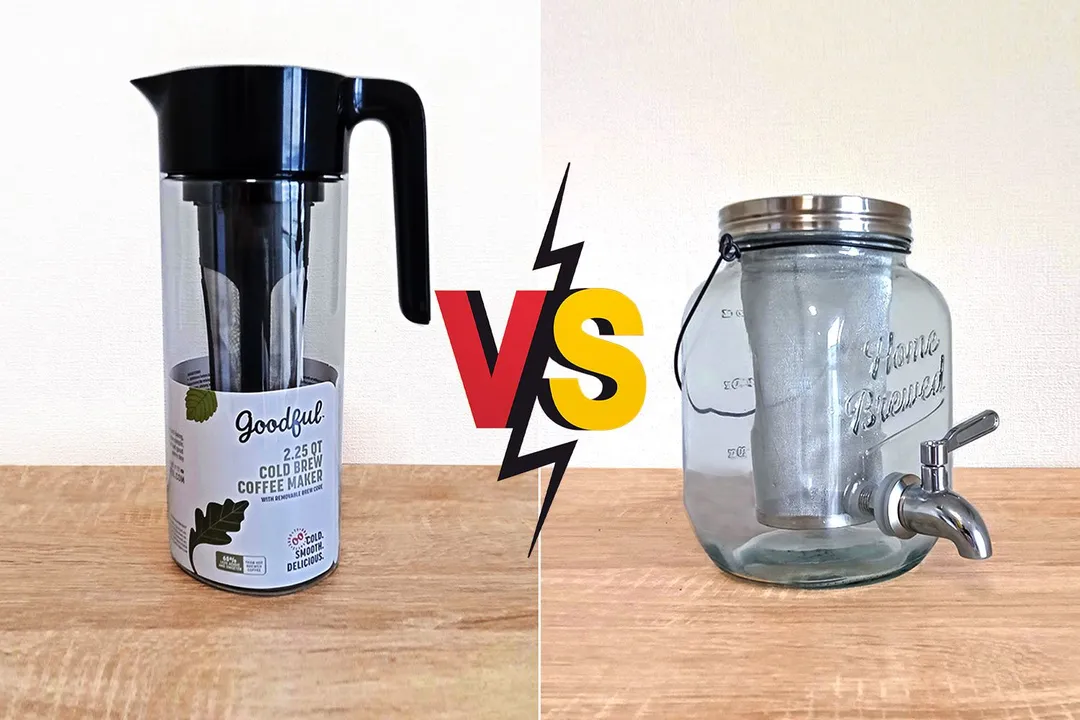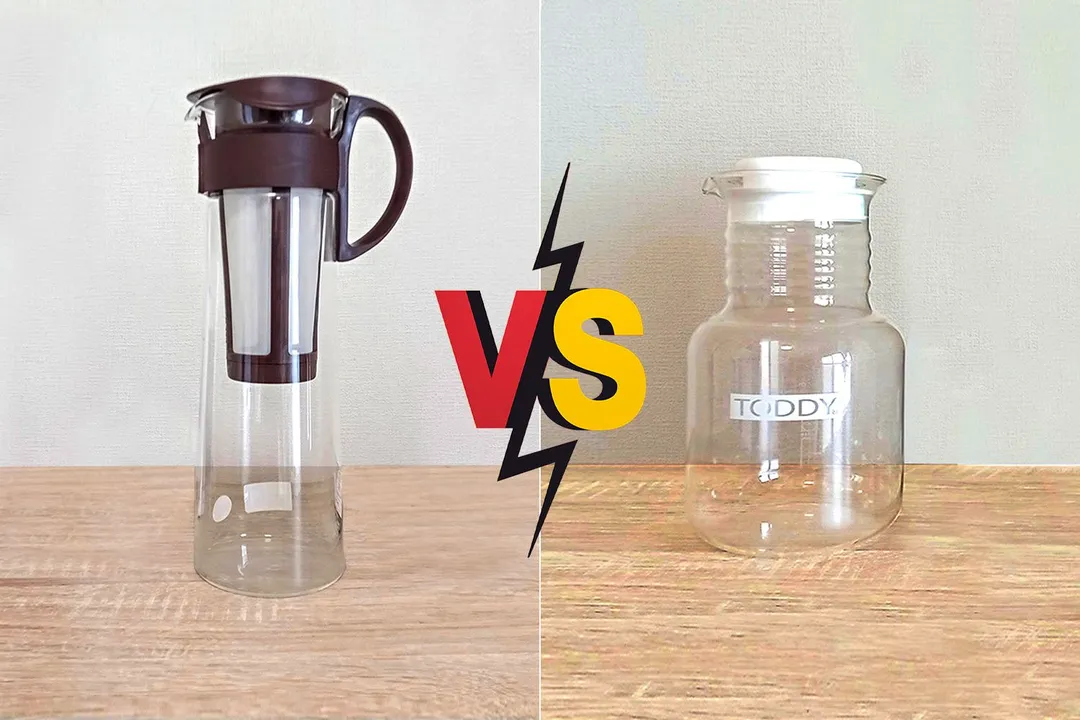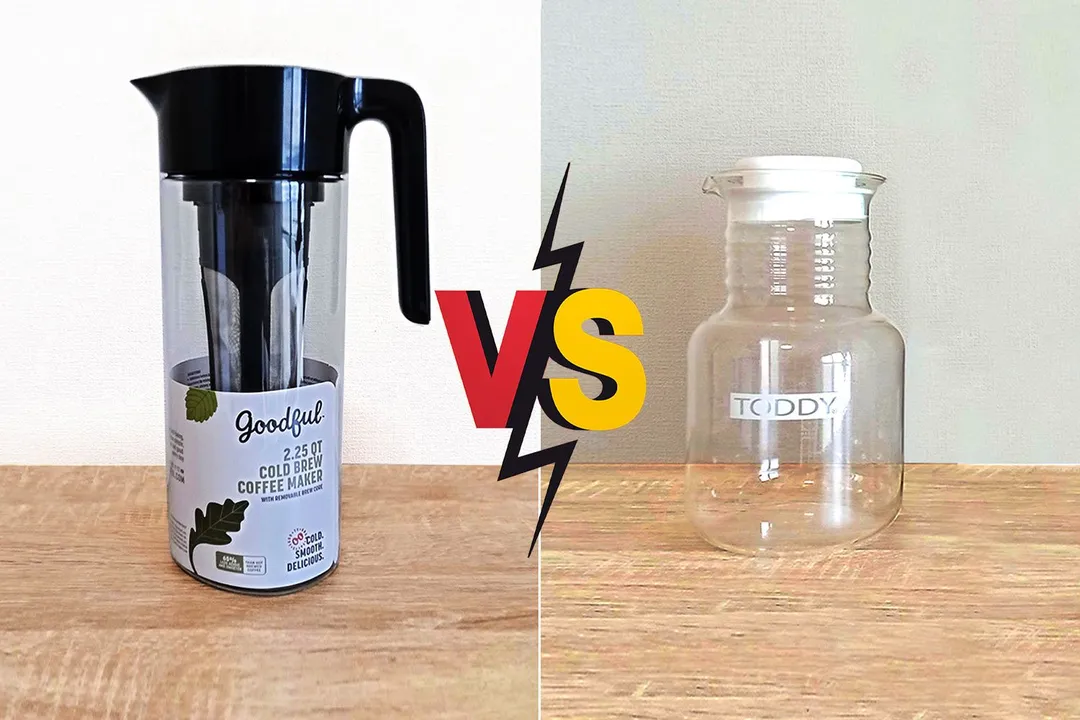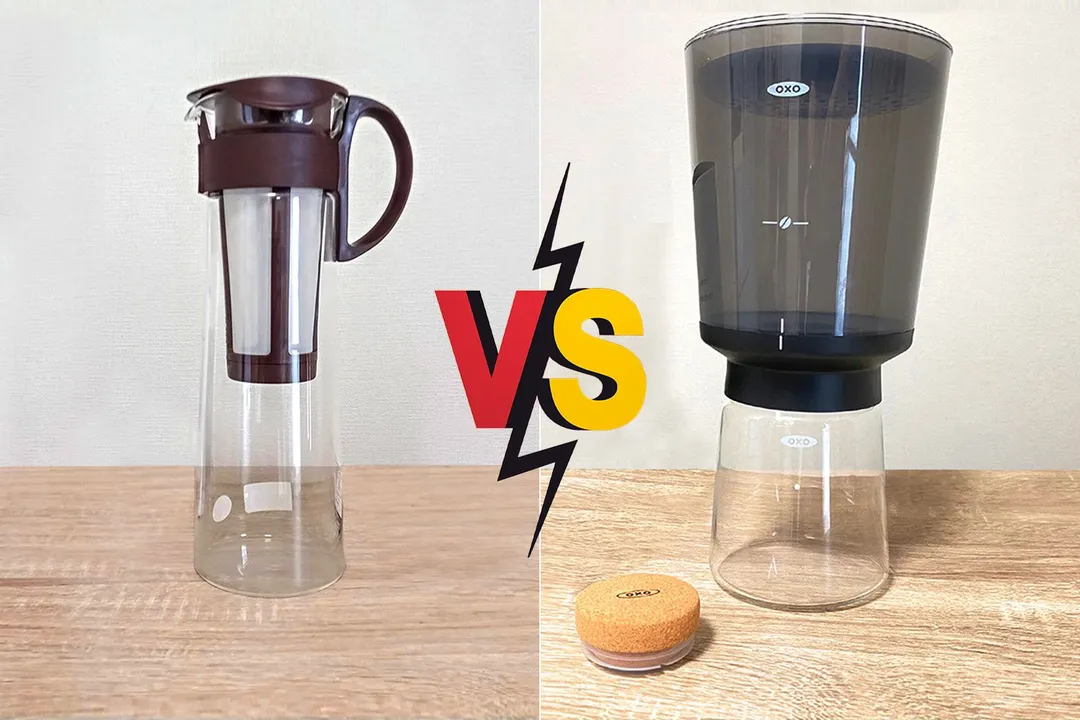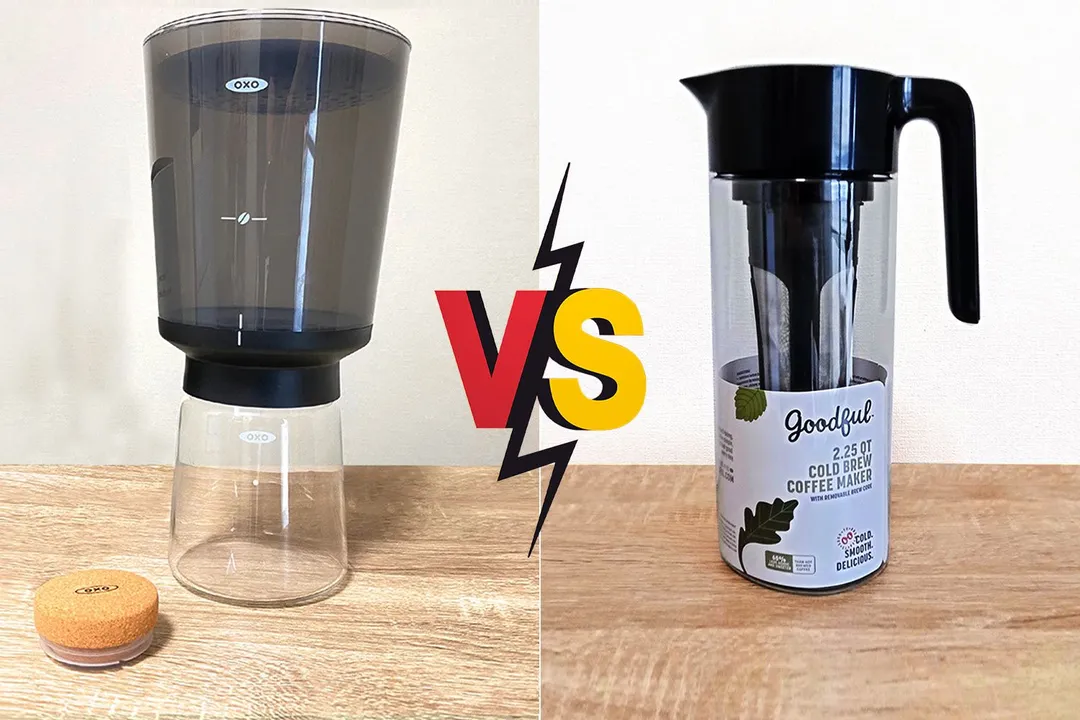Our recommendations are made independently through Research & Testing. We may receive commissions from purchases made via our links.
Hario Mizudashi vs Goodful Side-by-Side Comparison
Hario Mizudashi cold brew coffee maker vs Goodful. Two brewers standing tall but one falls short. Find out which one we don’t recommend.
Hario Mizudashi
Tested Using Methodology v1.0Goodful
Tested Using Methodology v1.0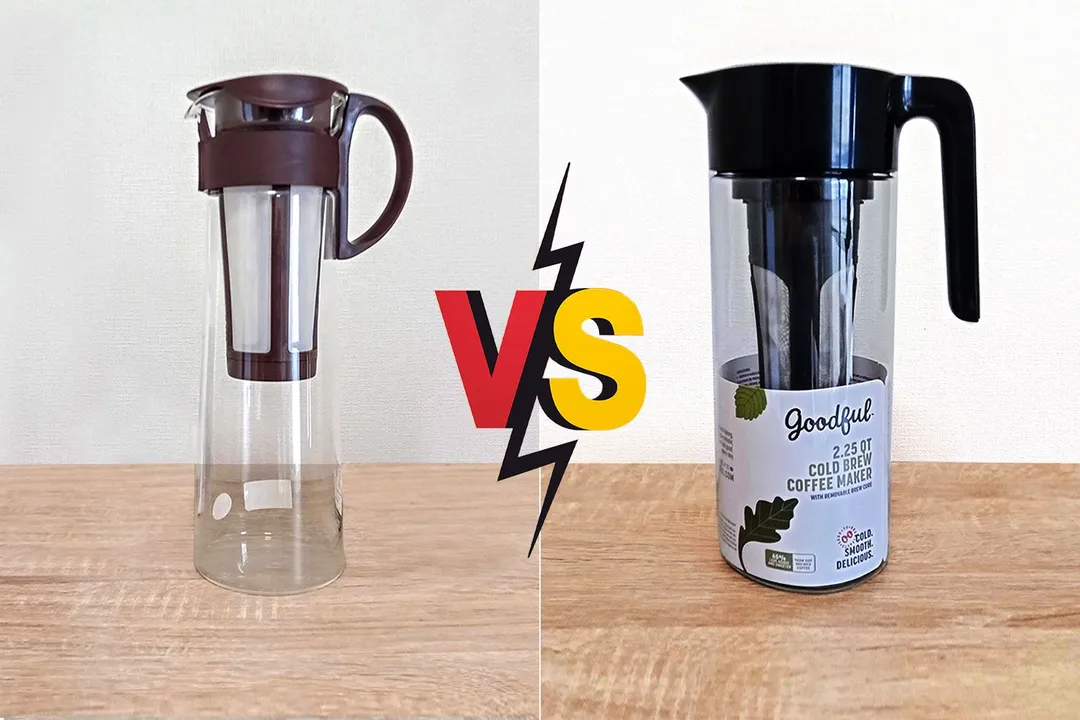
Overall Verdict
The Hario Mizudashi and the Goodful are two of the tallest cold brew coffee makers that we have tested. By comparison, the Hario is a slender and elegant glass carafe and stands at 11.5 inches. The Goodful, an all-plastic design, is slightly taller at 11.8 inches.
Although both are designed to brew in the door bin of a refrigerator, there are major differences aside. The Hario is not completely airtight, leaks odors, and the poor brew ratio produces a sourish insubstantial brew.
The Goodful is a much better brewer all round. It has a plastic and nylon filter and the vessel is completely airtight and leak-proof with a twist-to-pour lid. Although the material quality of the Hario is much better, it’s not a brewer we’d recommend due to its fundamentally flawed design and poor performance.
Pros & Cons
- Attractive brew decanter
- Easy-to-clean filter
- Color choice
- Hot or cold brewing
- Durable
- Removable filter base
- Turn-to-pour lid
- Not airtight
- Odor contamination
- Poor brew quality
- Not a good fit for small refrigerators
- Clunky lid
Key Specs
Where to Buy
*You help support HealthyKitchen101's product testing and reviews by purchasing from our retail partners.
Analysis and Test Results
Brew Quality
Bouquet
Drinkability

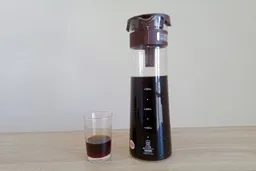
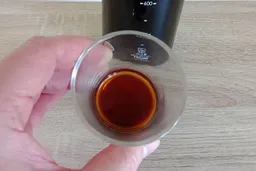
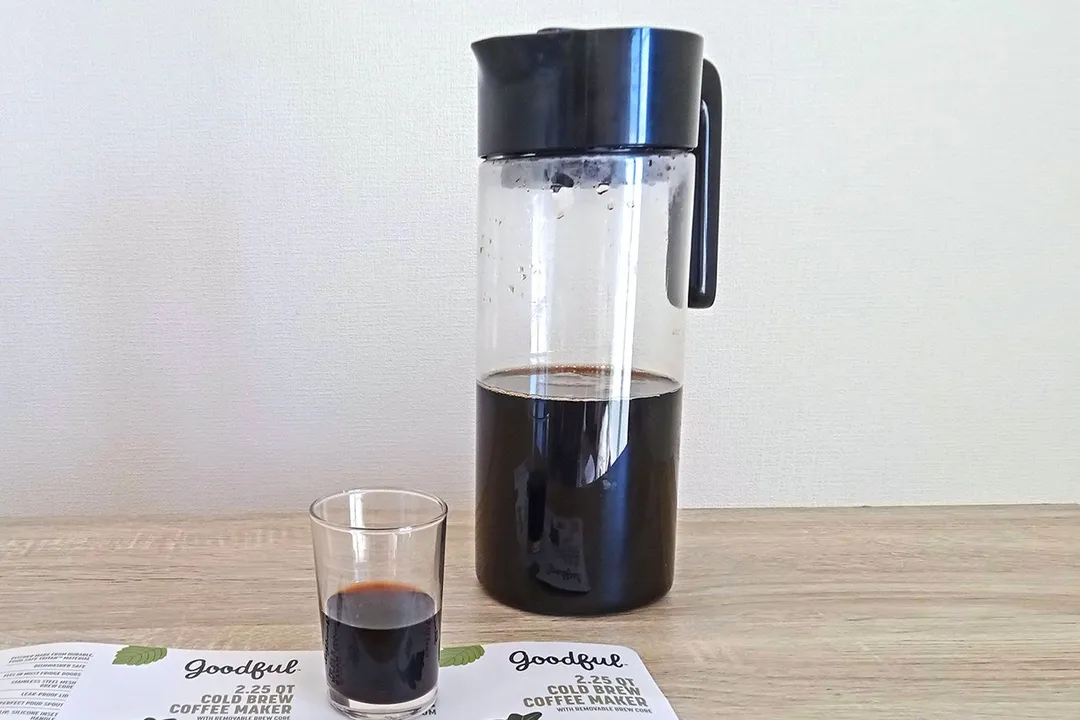
Sediment
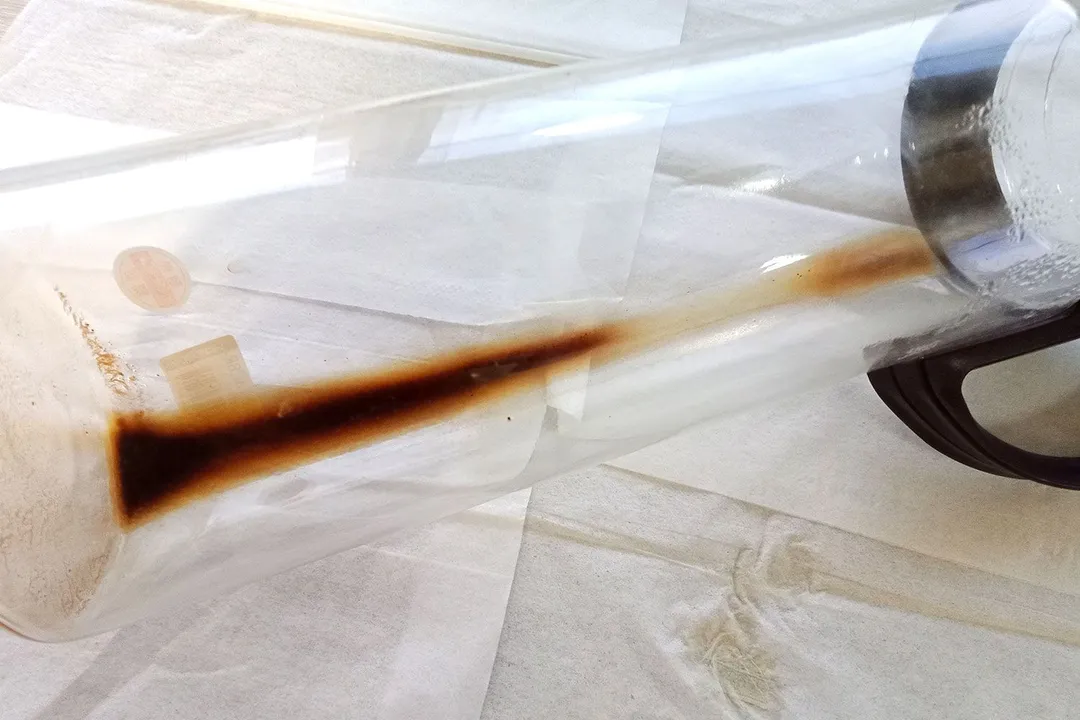
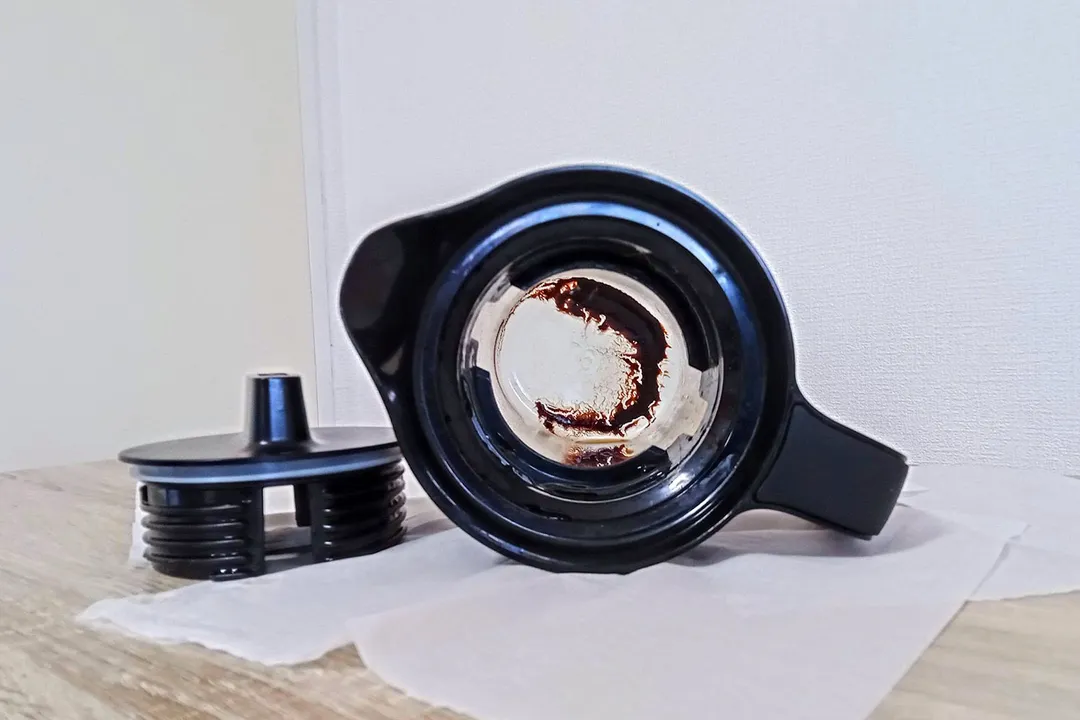
Design
In the Box
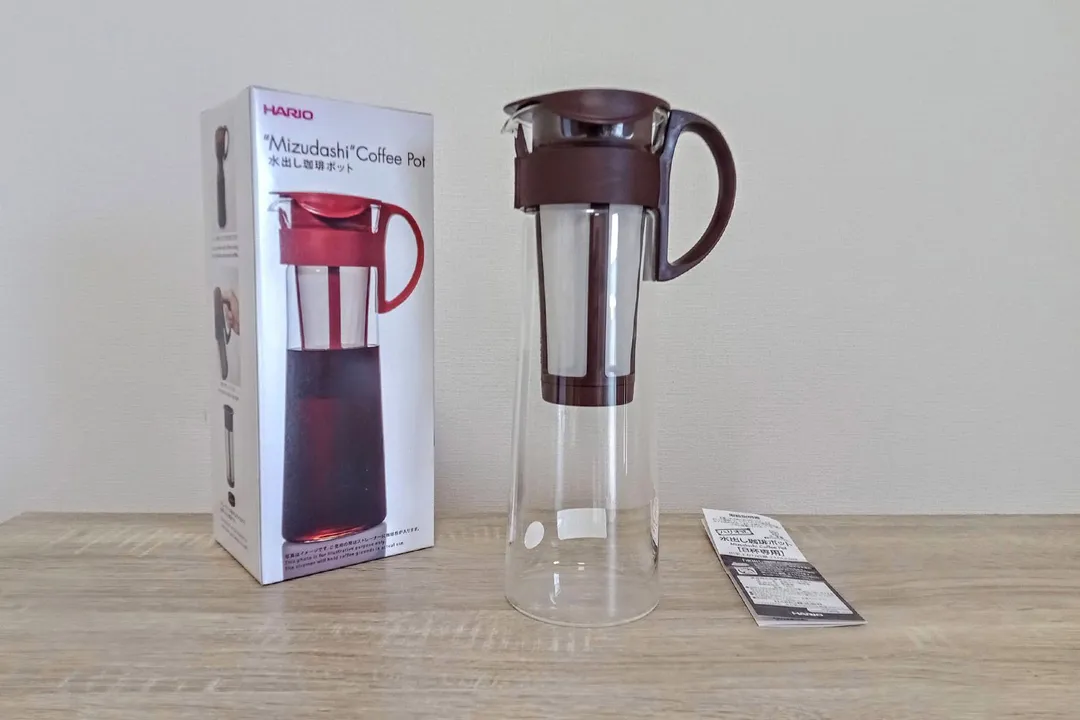
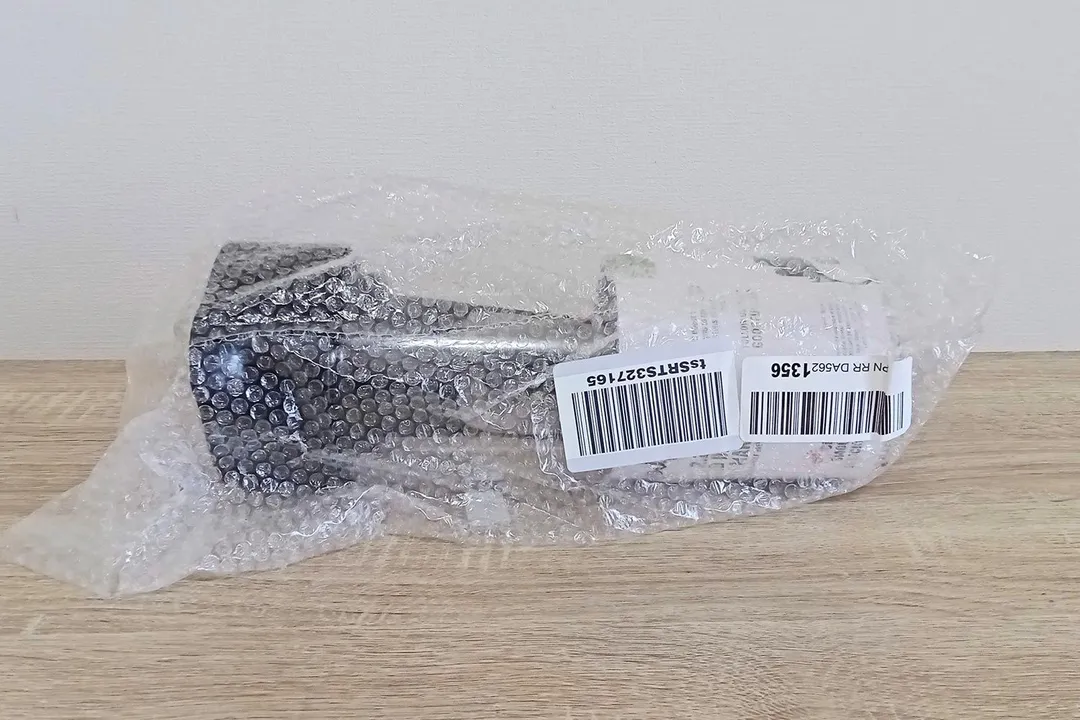
Decanter

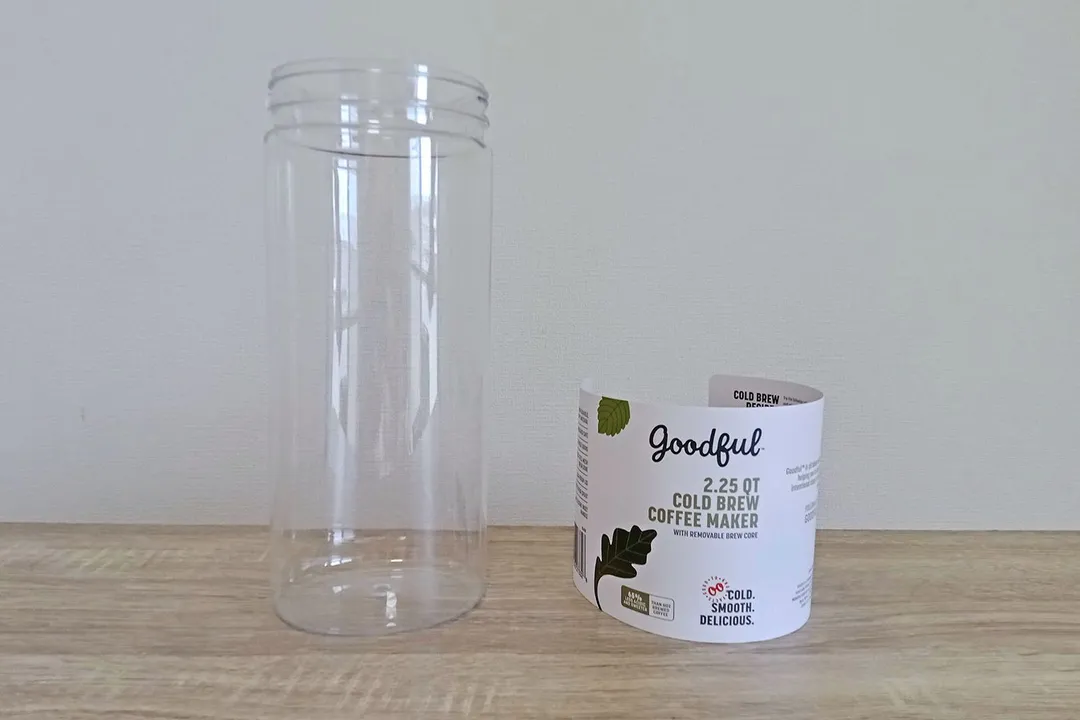
Stopper / Lid
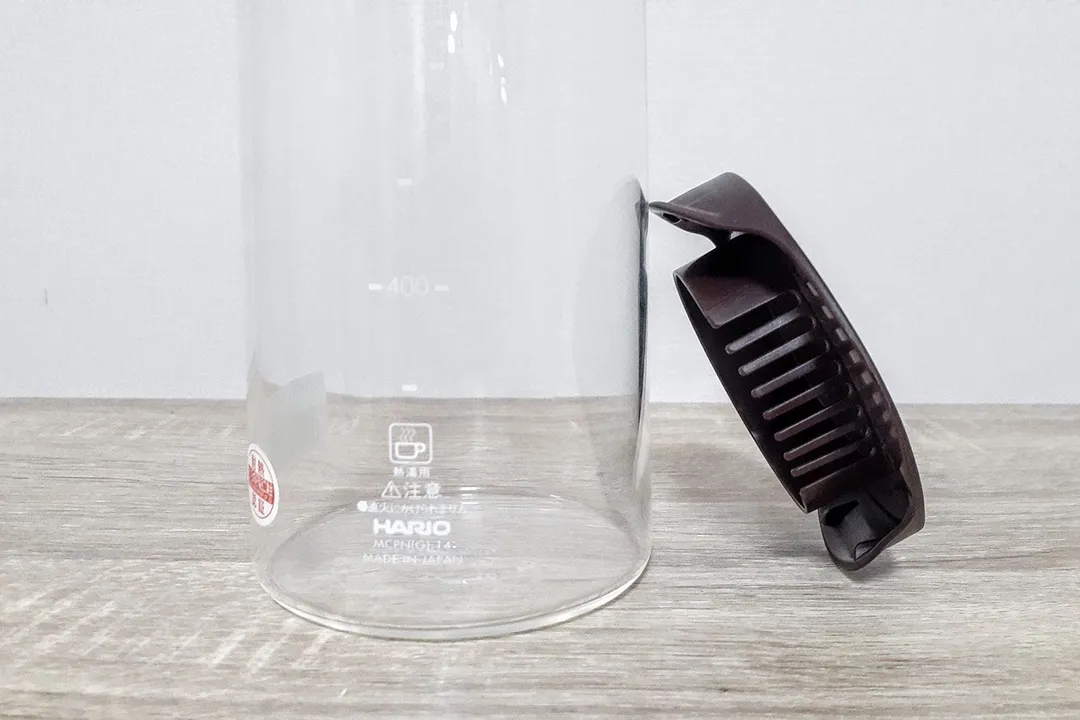
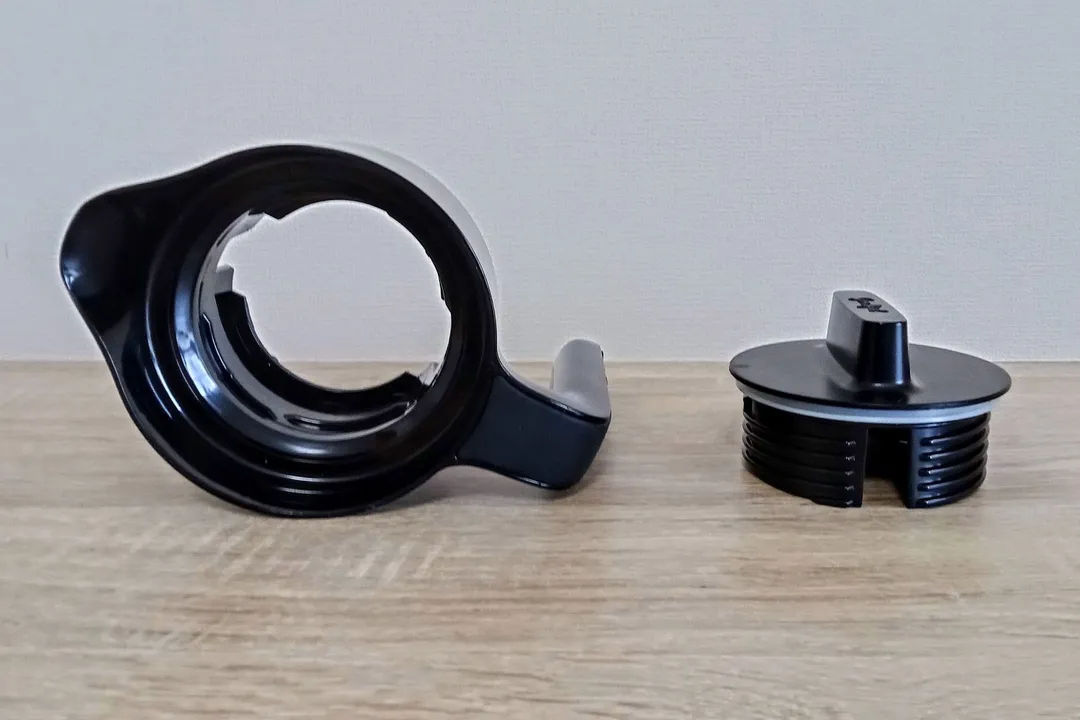
Filter
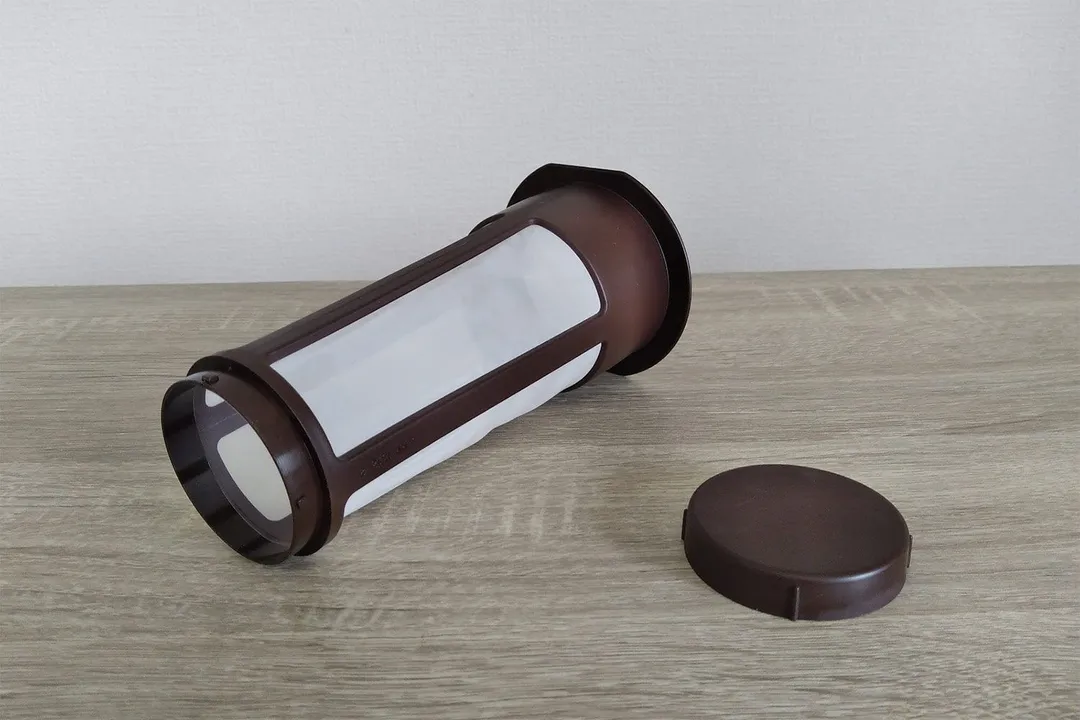

Build Quality
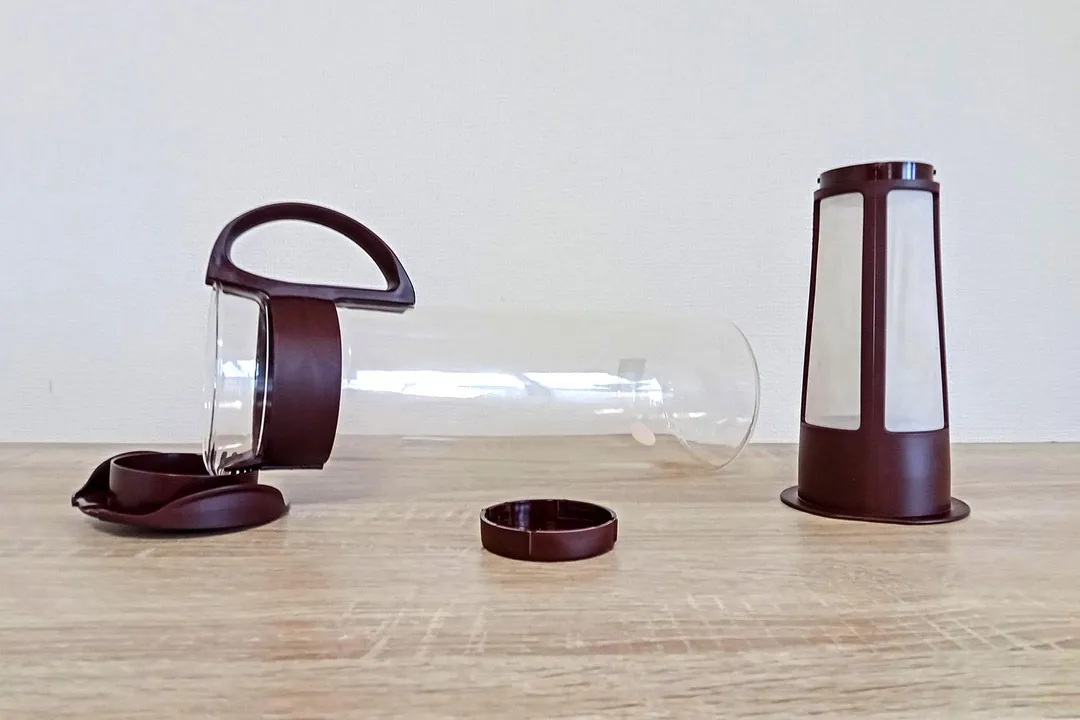

Usability
Brewing
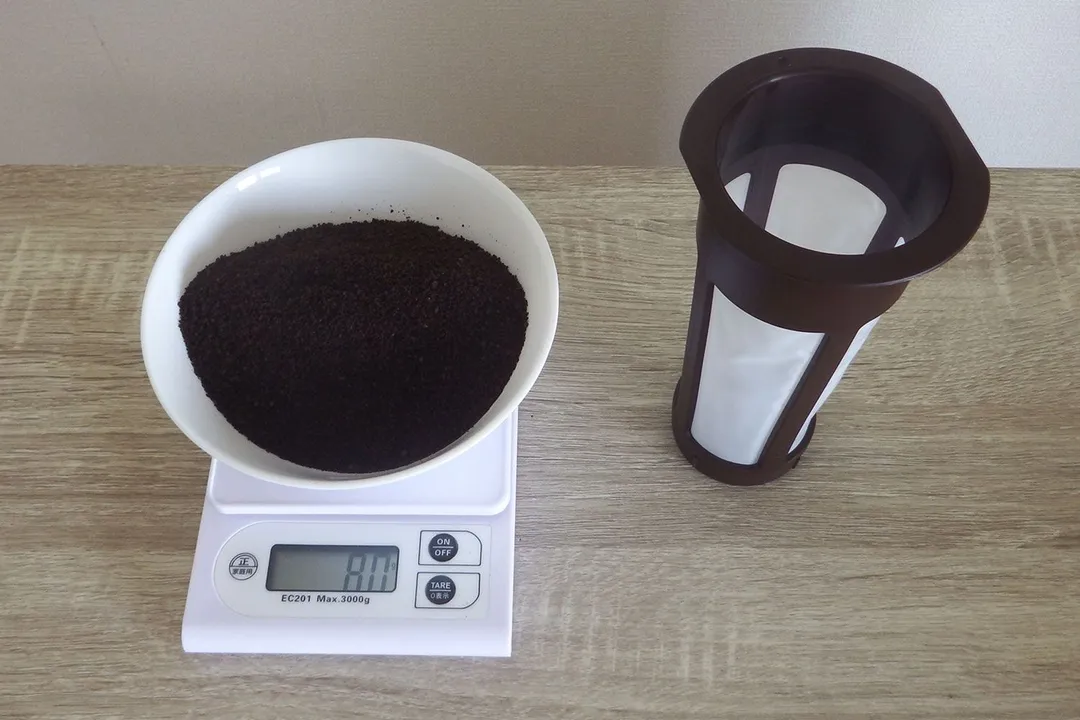
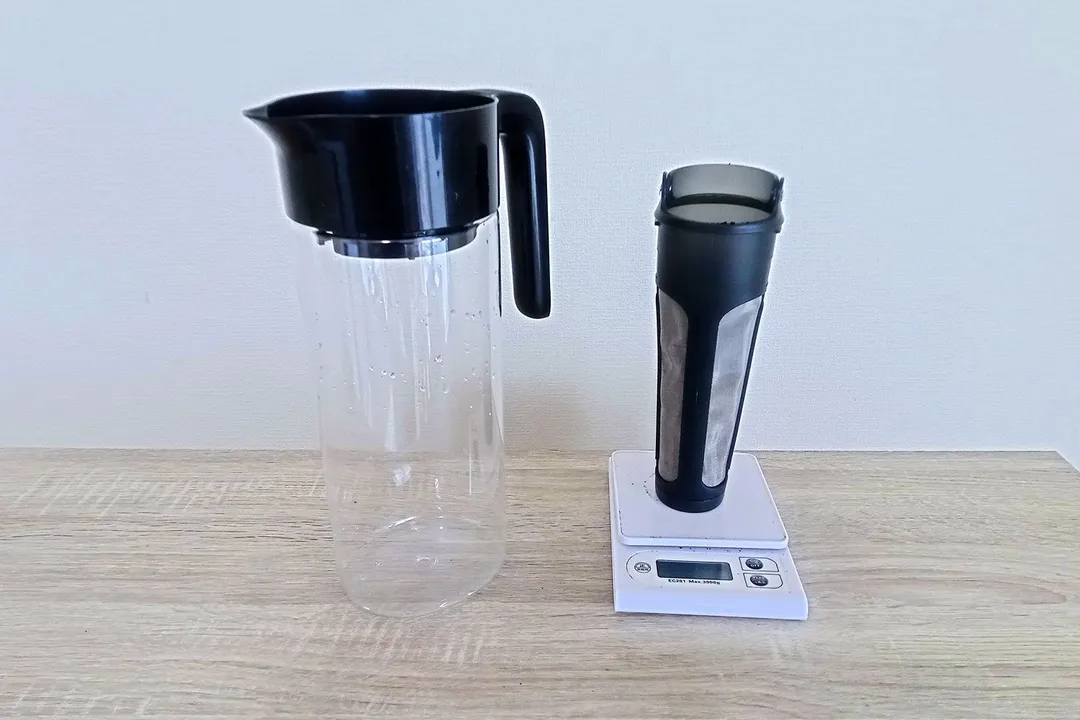
Decanting
Cleaning and Storage
Behind the Comparison
Roger Shitaki is a writer, author, and editor. His niches are household appliances, health & wellness, and travel. He’s a freelance contributor to a Tokyo lifestyle website and a leading ophthalmology magazine in Asia.

